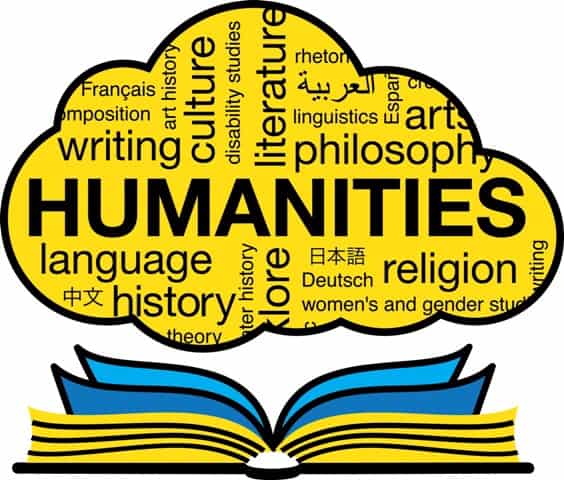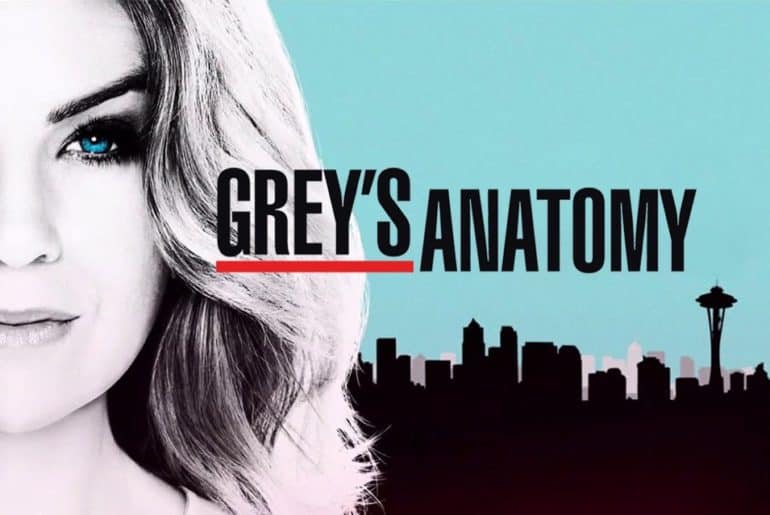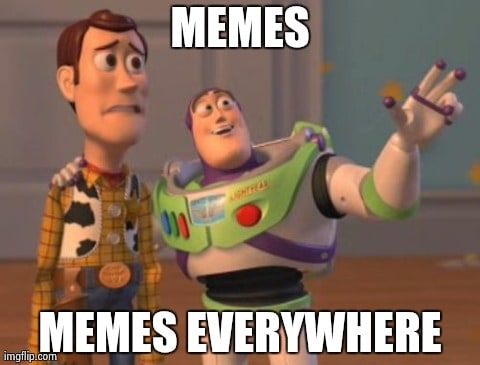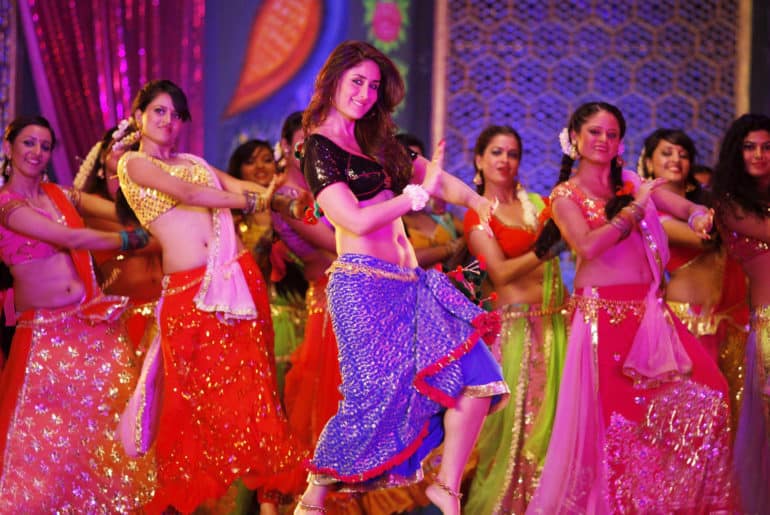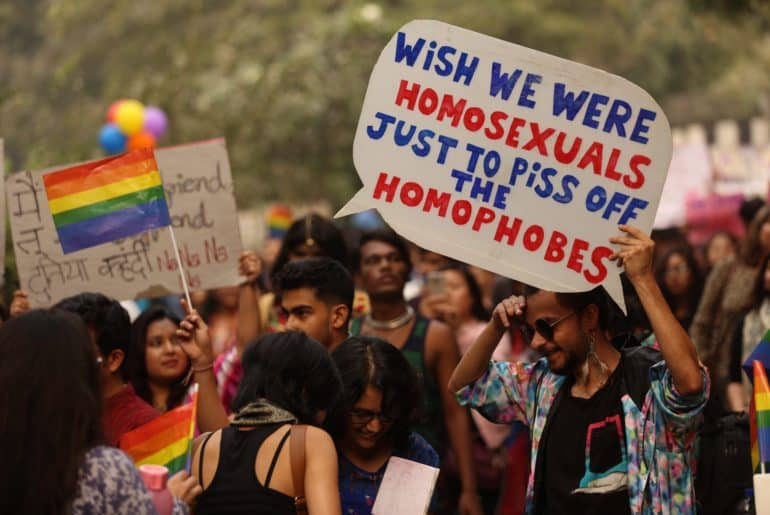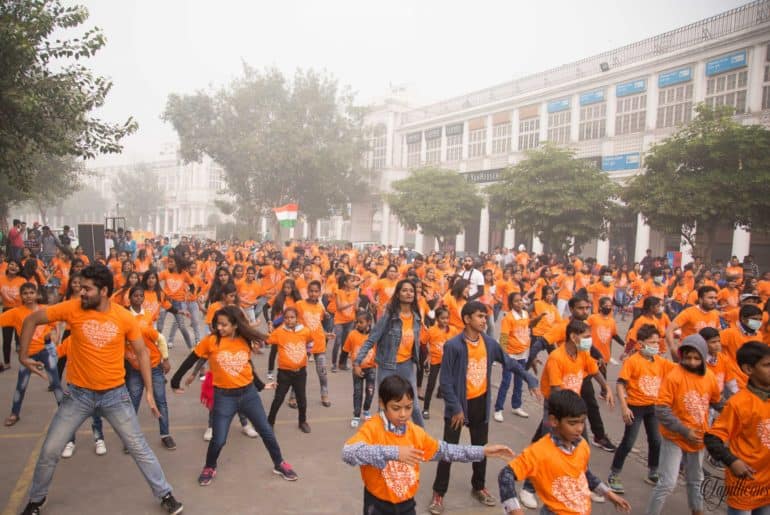Let’s hope that in the future, people get rid of the contempt that they have for those pursuing arts stream, and treat this career option with the respect that it so truly deserves.
Against many odds and the better judgement of snoopy uncles and aunties, I decided to take up arts stream. My entire extended family was obviously unhappy with my decision, however my father’s confidence in my decision instilled me with courage and hope.
In my second year now, I am so glab about the decision that I made. This is so because it gave me the liberty that no other stream would have been able to. Here I would like to talk about liberty in two aspects- liberty of choice and liberty in thoughts. While talking about the former I would like to say that the sheer amount of options that I have to explore myself and career choices leaves me grateful. My college life is not just about studying my course and trying desperately to pass the examinations. This is because the arts stream gives me the opportunity and time to actually hone my hidden talents and try out something new. Had I taken up anything else, maybe all that I wanted to explore would have been restricted somewhat. Also the amount of career choices that I can take up in my future is ample. Most of these choices are unexplored by the vast population of this country. Hence the cut –throat competition in these fields remains absent leaving a lot of doors open.
Talking about liberty in thoughts, I would like to say that I have learnt to empathise with everyone, to raise my voice against any wrongdoing, to fight for people’s rights and has made me a concerned citizen and human being. I have learnt to question any regressive tradition and reason with irrationality, and learnt lessons on how to maintain my moral ground and never leave it no matter how testing a situation is.
Thus I am being shaped into a liberal in a true sense by my teachers, my course and my books. These perks should be discussed often so that more and more people become aware of this.
Feature Image Credits: Fear from Exams
Anukriti Mishra
[email protected]

